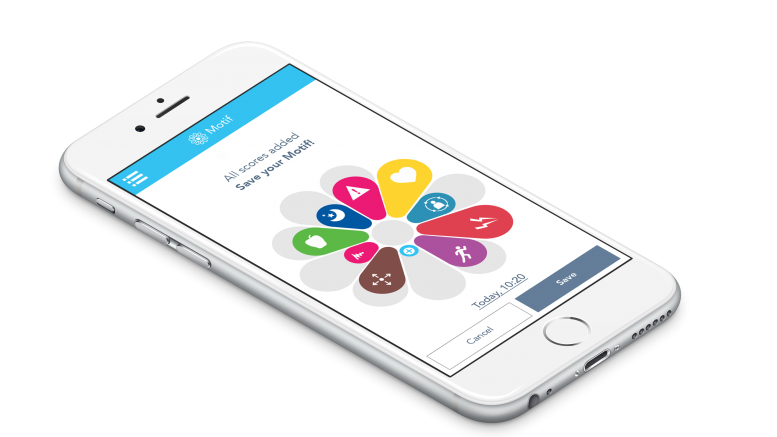By Bruce Hellman, CEO uMotif
Clinical research is going through an exciting period of digitization. One area being modernized using digital technology is research in the ‘Real World’ – once drugs and devices are approved for market. Such research increasingly uses patient-generated ‘Real World Data’ (RWD) to drive new insights.
The increasing use of RWD is being driven by legislators, regulators and pricing bodies across the world, which require companies and health systems to demonstrate the value of treatments, pathways, devices and medications.
Capturing RWD can raise practical questions around how to retain engagement of patients using digital tech, and how to ensure usability by all patient groups.
The good news is that there’s increasing evidence that these concerns can be addressed by taking a patient-centred design approach.
For example, a patient-centred approach was taken by the University of Manchester, who used the uMotif platform for their ‘Cloudy with a Chance of Pain’ study in chronic pain and rheumatoid arthritis. By giving the 13,500 e-consented participants regular feedback during the research period, the study app engaged thousands of patients to track daily data for over 6 months. This provided an unrivalled quantity of RWD for the research team, and showed that patients can be engaged over long periods.
Another common misconception is that ‘old people’ don’t use technology and won’t be able to capture RWD. Our experience is the contrary.
In a number of studies ‘older people’ have been the most consistent users of the study technology, capturing more RWD more often. In the ‘100 for Parkinson’s’ study, analysis by IQVIA demonstrated that patients of all age groups captured around 10 data points per day – even including those over the age of 70. The most consistent trackers were women between 60 – 65. So age really isn’t a barrier to use and engagement.
Finally, there is the question of how to combine in-person visits with data captured while patients are at home. There is huge potential for studies to leverage both research settings. This is a topic where researchers can learn from other industries – like how modern retailers use digital journeys to support and drive an in-store shopping experience. When designed well, a mix of virtual and in-person visits can enhance studies, improve engagement and reduce costs.
At a time when the RWD sector is quickly growing, it’s incredibly exciting to see this new paradigm of patient-centric Real World research, which has the potential to deliver benefits for all stakeholders. Most importantly, the people who really matter – patients.
What is RWD?
RWD is patient-level data not collected in conventional randomized controlled trials, and can be captured alongside normal clinical care. It can include common eCOA / ePRO instruments like the EQ-5D, as well as symptoms, medications, diary and wearable device data. Source: RWEdictionary.com
uMotif – data capture platform patients love to use
uMotif is the leading modern data capture platform for research, that patients love to use. With industry leading expertise in Real World and non-interventional studies, the engaging and clinically-proven platform captures e-consent, eCOA / ePRO, symptom and wearable device data. Working with top pharma, CROs and e-clinical platforms, uMotif can be deployed quickly across the world in any condition. For more information visit umotif.com
References:
https://mhealth.jmir.org/2017/11/e168





